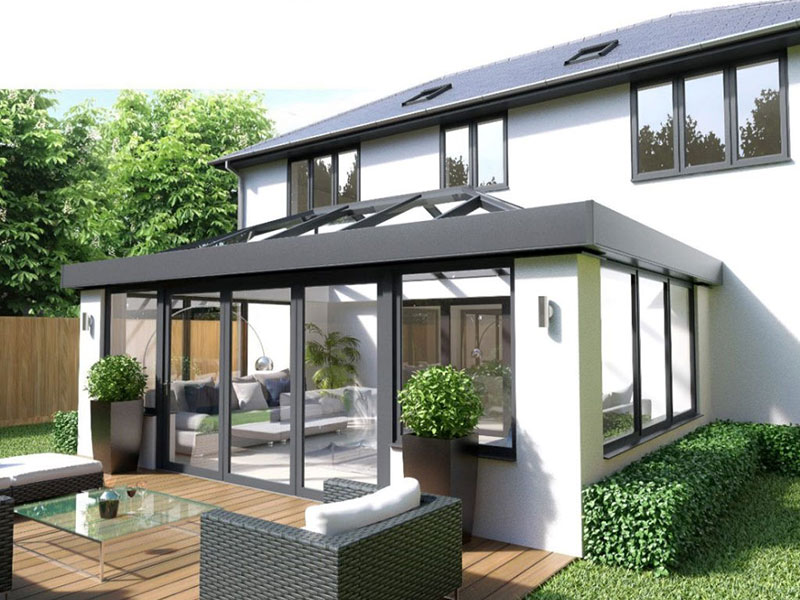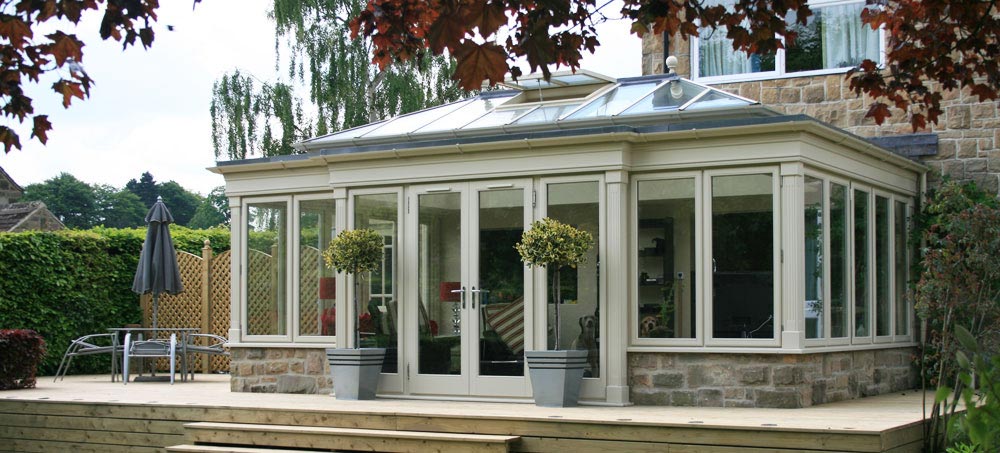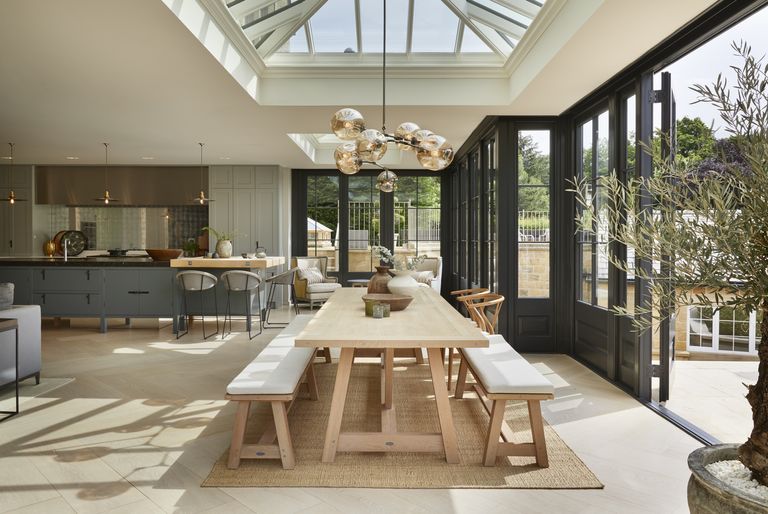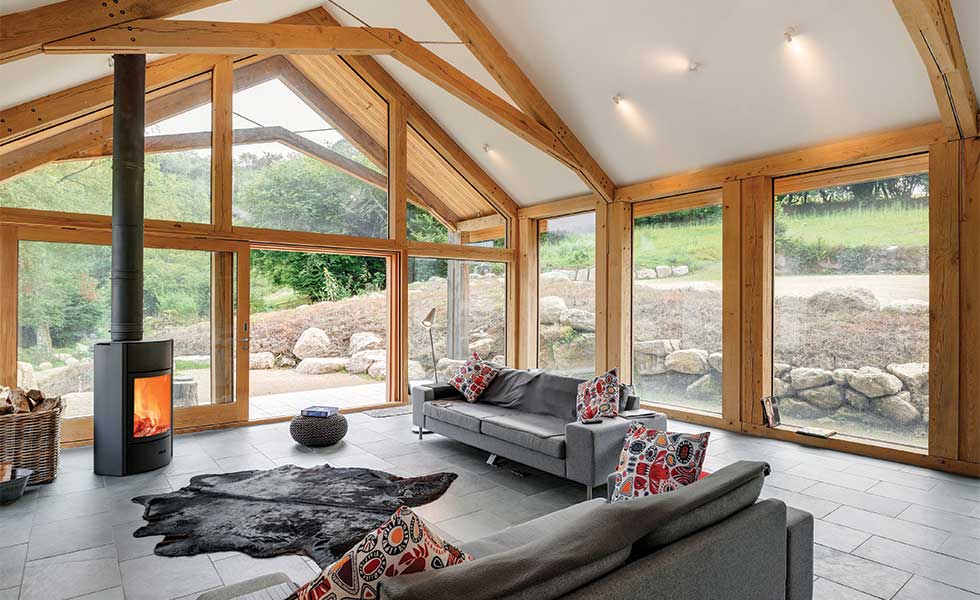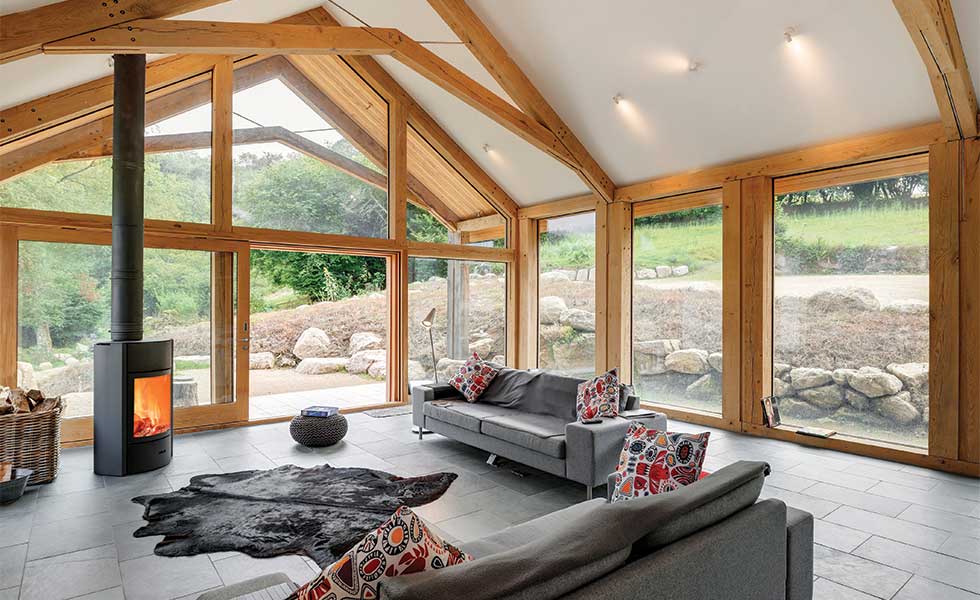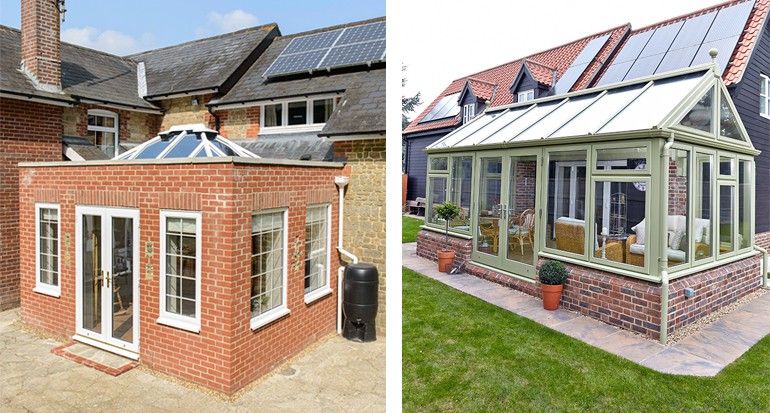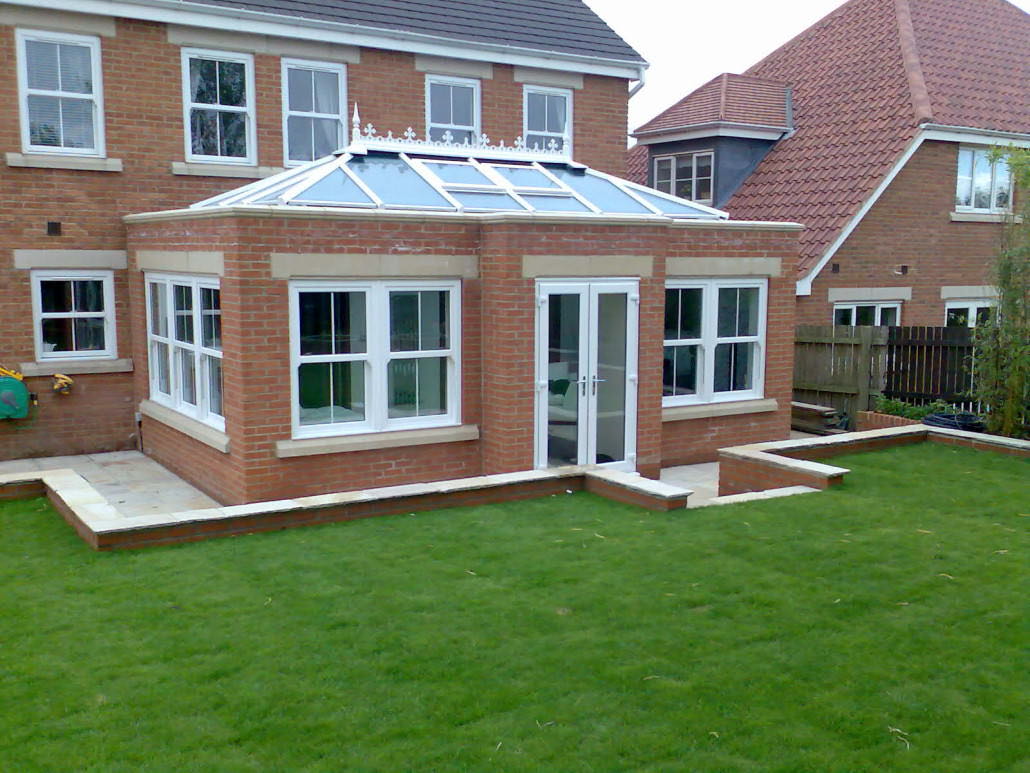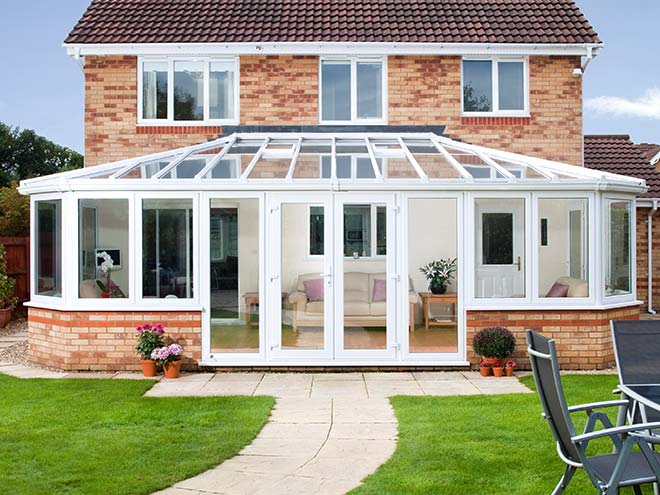Enhance Your Home with an Orangery: A Timeless Addition
In the realm of architectural design, adding an orangery to your home is a choice that seamlessly blends elegance, functionality, and a touch of nostalgia. Originating from the grandiose conservatories of the 17th century, orangeries have evolved into popular extensions for modern homes. With their distinctive style and numerous benefits, these versatile spaces offer homeowners an opportunity to create a unique and captivating environment. In this article, we explore the reasons why adding an orangery to your home can be a remarkable investment.
Natural Light and Space:
One of the primary reasons to consider an orangery is the abundance of natural light it brings into your home. Designed with large windows, skylights, and glazed panels, orangery extensions create an airy and sunlit atmosphere that instantly uplifts the mood of any space. The seamless integration of indoor and outdoor elements provides a perfect balance, creating a tranquil sanctuary where you can relax, unwind, or entertain guests.
Versatility and Functionality:
An orangery is a highly versatile addition to your home, allowing you to use the space in a variety of ways. Whether you envision it as a bright and cozy lounge, a home office, a dining area, or a playroom for children, an orangery offers endless possibilities. The extra square footage provided by this extension enables you to maximize your living space while maintaining a connection to the surrounding environment.
Aesthetics and Timeless Charm:
Orangeries possess an inherent timeless charm that adds character to any property. Their classic architectural design, with features such as brick or stone walls, large windows, and pitched roofs, seamlessly blend with both traditional and contemporary homes. The beauty of an orangery lies in its ability to enhance the overall aesthetics of your property, making it an eye-catching centerpiece that will impress visitors and increase your home’s curb appeal.
Increased Property Value:
Investing in an orangery is not only a way to improve your quality of life but also a smart financial decision. By adding this exquisite extension, you effectively increase the market value of your property. The allure of an orangery, with its versatility and undeniable appeal, can significantly enhance the attractiveness of your home to potential buyers. Consequently, the addition of an orangery offers a solid return on investment, providing you with long-term financial benefits.
Year-Round Enjoyment:
Unlike traditional conservatories, which are often impractical during extreme weather conditions, modern orangeries are designed to be used throughout the year. With their superior insulation and heating systems, these extensions maintain comfortable temperatures even during the colder months. This means that you can enjoy the beauty of nature and the changing seasons from the comfort of your orangery, creating a cozy retreat that offers a serene escape all year long.
Conclusion:
Adding an orangery to your home is a remarkable decision that combines the best of both worlds: the allure of classic architecture and the functionality of modern living. Whether you desire a versatile living space, a sunlit oasis, or a place to connect with nature, an orangery fulfills these desires and more. By investing in this elegant extension, you not only enhance your home aesthetically but also increase its value and create a haven of tranquility that can be enjoyed throughout the year. So, let your imagination soar and embrace the timeless charm of an orangery – a captivating addition that will truly transform your living experience.
